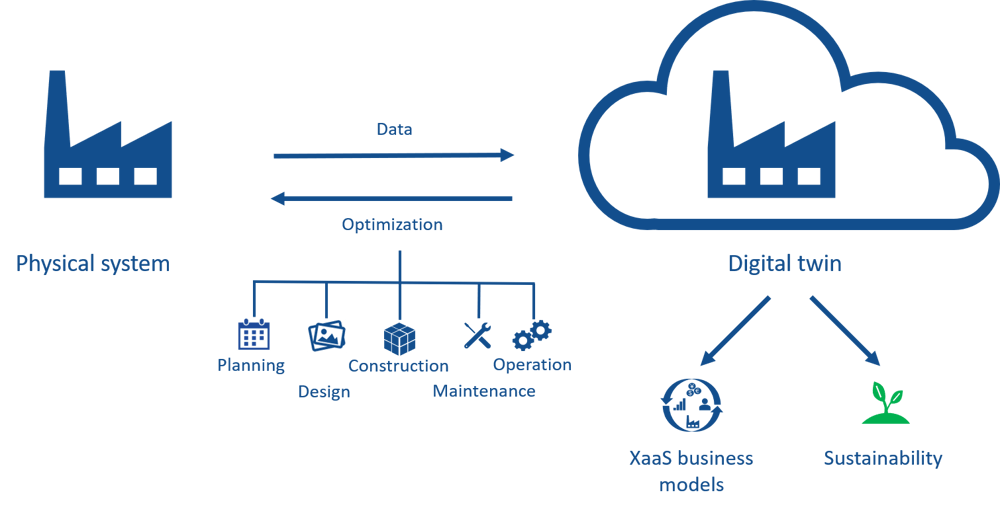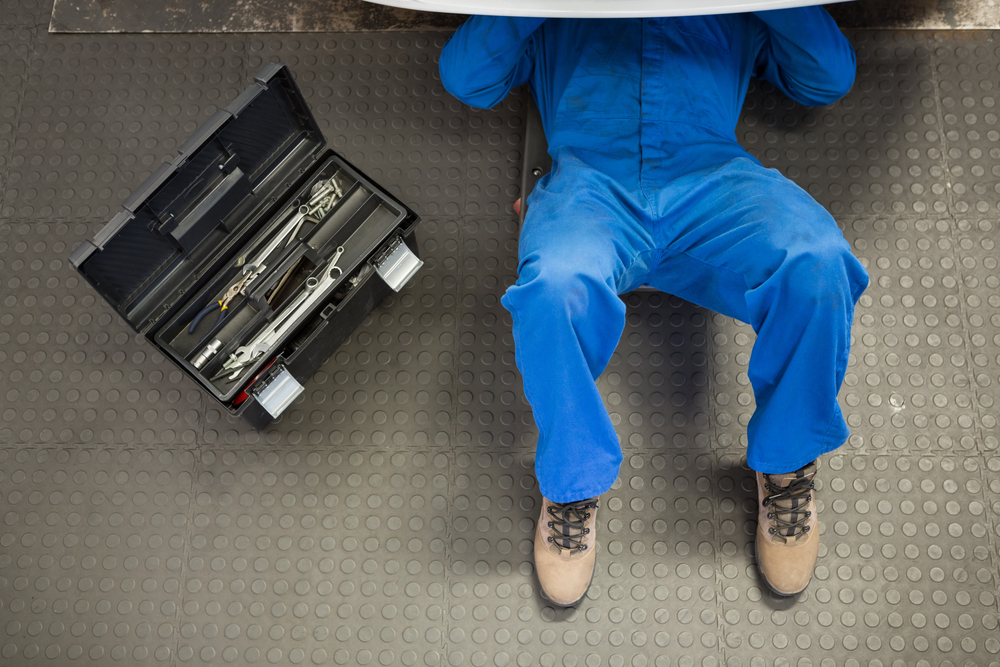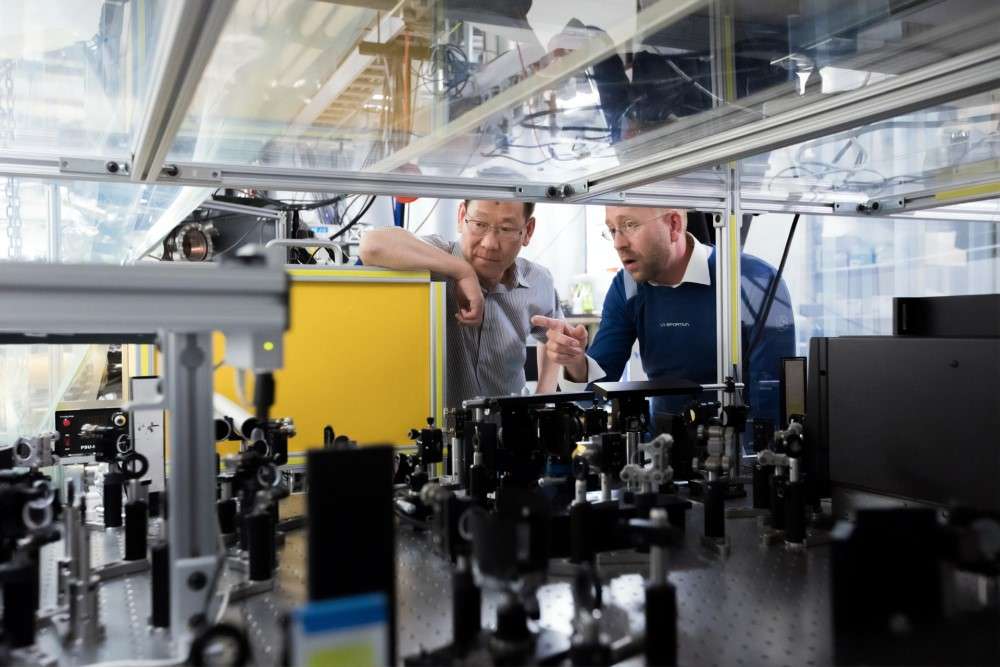The digital twin is the digital image of a real object, for example a machine. This image is enriched with all available information − master data and live data of the real object − over its entire life cycle so that it corresponds to the real object in terms of its properties and behavior. The digital twin connects the real world and the digital world in the sense of industry 4.0. On the basis of the virtual image, valuable insights can be gained about the machine and various competitive advantages can be achieved.

Establishment of an end-to-end maintenance strategy (from planning to execution)
Shifting from reactive to predictive maintenance (predictive maintenance)
Significant increase in machine reliability
Reduction of machine failures, downtime and associated costs
Creation of failure forecasts
Realization of new business and payment models (Everything-as-a-Service, pay-per-use)
Strengthening sustainability according to the circular economy approach
Implementation of optimizations in design, construction and operation
Companies operate plants in order to generate added value. For this to succeed, they are interested in high reliability and continuous availability of the plants as well as low downtimes and the highest possible capacity utilization. These aspects are also relevant for the manufacturer, as they represent important sales arguments to customers.
Predictive maintenance helps to ensure the maximum service life of machines and plants and to safeguard their performance in the long term. The digital twin forms the basis for predictive maintenance, as it can be used to identify signs of wear and any problems before failure occurs. Early intervention and replacement of the affected components minimize unplanned downtime in production.

The digital twin and the Internet of Things create the conditions for innovative Everything-as-a-Service business models. Here, machines and systems are not offered as a product but as a service for a certain period of time − including maintenance, repair, etc. The user has the advantage that he no longer has to buy the machine but can rent or subscribe to its use. This means that there are no high upfront costs for the purchase.
This is also accompanied by new billing and payment models such as pay-per-use. Only the operating costs based on consumption are billed. This means that users only pay for what they actually use. The manufacturer benefits twice over: on the one hand, it gains predictable and renewable sources of income, and on the other, it gains valuable insights into customer usage patterns. This in turn creates opportunities to increase sales through targeted cross-selling and upselling.

In terms of the circular economy, the digital twin also plays a crucial role. The circular economy pursues the goal of using existing materials, products and machines for as long as possible, thereby extending their life cycle. The highest value retention is achieved by regular and timely maintenance of machines, as this allows them to be used particularly efficiently and for a long period of time..

The digital twin not only networks machines, but also offers the opportunity for closer collaboration between manufacturers, customers and service providers. If all parties involved access a uniform system in plant management and share the various data with each other, this has a positive effect for manufacturers, customers and service providers alike.
Manufacturer:
|
Operator:
|
Service provider:
|
For the implementation of the digital twin, SAP has different software solutions that develop their respective strengths in interaction. SAP Intelligent Asset Management (IAM) is a cloud application for industry 4.0. that is made up of the components SAP Business Network for Asset Management (former SAP AIN) and SAP Asset Performance Management (APM). SAP APM was created by merging the formerly standalone SAP Asset Strategy and Performance Management (ASPM) and SAP Predictive Asset Insights (PAI) solutions. The SAP IAM applications are to be understood as a supplement and enhancement for existing asset and maintenance applications and do not claim to replace the existing solutions.
Focus on network and data exchange
Cross-company approach
Synchronization with SAP S/4HANA is possible
However, SAP Business Network for Asset Management can also be used independently of SAP S/4HANA
Breaking up of data silos
Basis for a customer portal
Connection to SAP C4C solutions (SAP Service Cloud, SAP Commerce Cloud) is possible
Extension of SAP Enterprise Asset Management (EAM) in SAP S/4HANA
Closed-loop integration with SAP S/4HANA
End-to-end maintenance processes (from strategy to execution) in interaction with SAP S/4HANA EAM
Increased reliability of assets
Predictive maintenance instead of reactive maintenance
Risk assessment
Asset health optimization
Development of maintenance strategies tailored to requirements

In the age of digital transformation, many industrial companies are looking at technologies that will make them fit for the future. The term “digital twin” − the virtual image of a product or a production plant − is often mentioned.
Many of the challenges associated with implementing an IoT scenario can be mapped with standard SAP software. This allows you to focus fully on the business value of the solution. The basis for all IoT scenarios is SAP Business Technology Platform.

Today, scenarios based on the Internet of Things (IoT) can be implemented in almost every industry and for almost all types of products. They offer companies the opportunity to leverage lucrative revenue and growth potential.
Simply complete the form and submit it. We will get back to you as soon as possible.